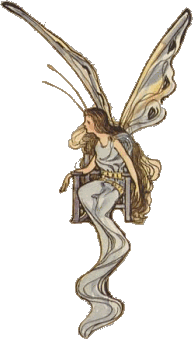|
|
|
What is clarification writing? The purpose of clarification writing is to explain. The writer informs an audience of a subject and clarifies it. In the clarification mode, you must write as if your audience knows very little to nothing about your subject.
What
elements do "4" clarification papers possess?
What is the basic layout of a clarification paper? *The layout of a POV Paper is the same as a clarification Paper!* Paragraph # 1 - The INTRODUCTION. Writer states their topic and two to three reasons to support the topic briefly. Sometimes a "hook" sentence is used to grab the readers interest. (This paragraph is usually 4 - 5 sentences long.) Paragraph #2 - The FIRST REASON. Transition word is used to introduce the first reason - Initially, To begin with, For starters, First of all. The writer states their first reason and then supports it with 4-5 details. (This paragraph is usually 6-7 sentences long.) Paragraph #3 - The SECOND REASON. Transition word is used to introduce the second reason - In addition, Secondly, Furthermore, To continue. The writer states their second reason and then supports it with 4-5 details. (This paragraph is usually 6-7 sentences long.) Paragraph #4 - The THIRD REASON. Transition word is used to introduce the third reason - Last but not least, Finally, Most importantly, Lastly. The writer states their second reason and then supports it with 4-5 details. (This paragraph is usually 6-7 sentence long.) Paragraph #5 - The CONCLUSION. Transition word is used to introduce the conclusion - In conclusion, Obviously, All things considered, Unquestionably, To summarize. The writer restates their topic and two to three reasons a little differently than they did in the first paragraph. Although very similar, good writers write the topic and reasons with a different twist than in the introduction.
What is an example of a clarification prompt? There are four seasons - fall, winter, spring, and summer. Choose your favorite season and explain why it is your favorite.
|
 All
About Clarification Writing
All
About Clarification Writing
